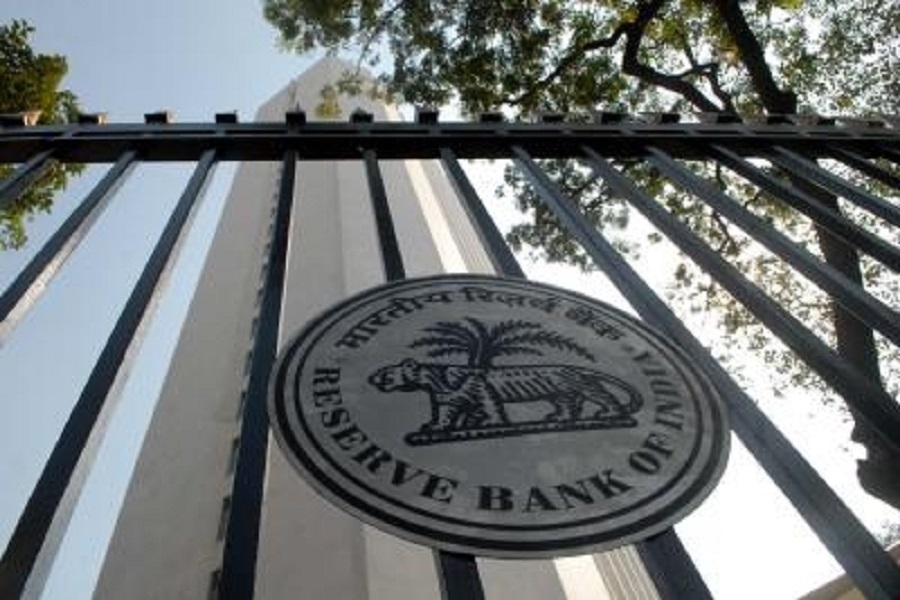Strategy: On GST and narratives by Kotak Institutional Equities

On GST and narratives
The market’s mechanical response to the government’s plan to rationalize the GST structure shows the (1) powerful hold of narratives on the investment community and (2) low amount of skepticism about a new narrative, despite the rather poor track record of narratives in the past 2-3 years. The basis for such optimism (flows, group think and relative performance) is quite flimsy.
GST: Market has assumed positive profitability and volume impact
The sharp up-move in stock prices of automobiles, cement, consumer durable and staples, lenders and retailers (see Exhibit 1-2) suggest that the market is quite confident that (1) the GST rates on most, if not all, of the above-mentioned items will move to lower GST slabs of 5% and 18% from 12% and 28%, respectively, (2) companies will retain part, most or all of the tax cuts, leading to higher margins and profitability and (3) volumes will increase (without price cuts?), benefiting both direct and derivative (lenders and retailers) plays.
GST rationalization: A large number of variables at play
We note that there are several variables that will determine the earnings impact of potential GST rate changes—(1) GST rates for various products that will depend on the fiscal math of central and state governments, (2) government action, if any, with respect to monitoring of retail prices to check companies’ profiteering, (3) industry dynamics, including nature of markets (level of competition) and products (brand or commodity) and (4) companies’ strategies to gain or retain market share, including that of agile regional players. The outcome of indirect tax cuts in competitive markets would logically be (1) lower retail prices commensurate to tax cuts and (2) related volume growth, which is presumably the objective of the government’s GST rationalization exercise.
Flows as an investment tool—uselessness exposed (again)
The fact that most stock prices of the ‘beneficiary’ companies jumped at the opening tick (see Exhibit 3 for a few cases) on August 18 shows the uselessness of ‘flows’ as any sort of investment ‘indicator’. It is obvious that hardly any buying or selling took place in the first few seconds of trading on August 18—all the volume activity (buying, selling, short covering and long whatever) took place later. The fact that DIIs have invested US$87 bn in the secondary market in the past 12 months, with hardly any returns in the market (see Exhibits 4-6) should provide a reality check for investors using retail flows into domestic MFs as an investment tool. We will revisit this fun fact later in another note.
Past narratives—pathetic track record
We note that the market has been in the thrall of narratives for a while, with a new narrative catching the fancy of the market every few weeks, only for it to disappear quietly later. Exhibit 7 is a list of past narratives and the outcomes of the narratives. In our view, market participants may benefit more from focusing on potential disruption risks in most sectors and companies rather than believing (or even worse, generating) dubious narratives.
Above views are of the author and not of the website kindly read disclaimer




.jpg)


















